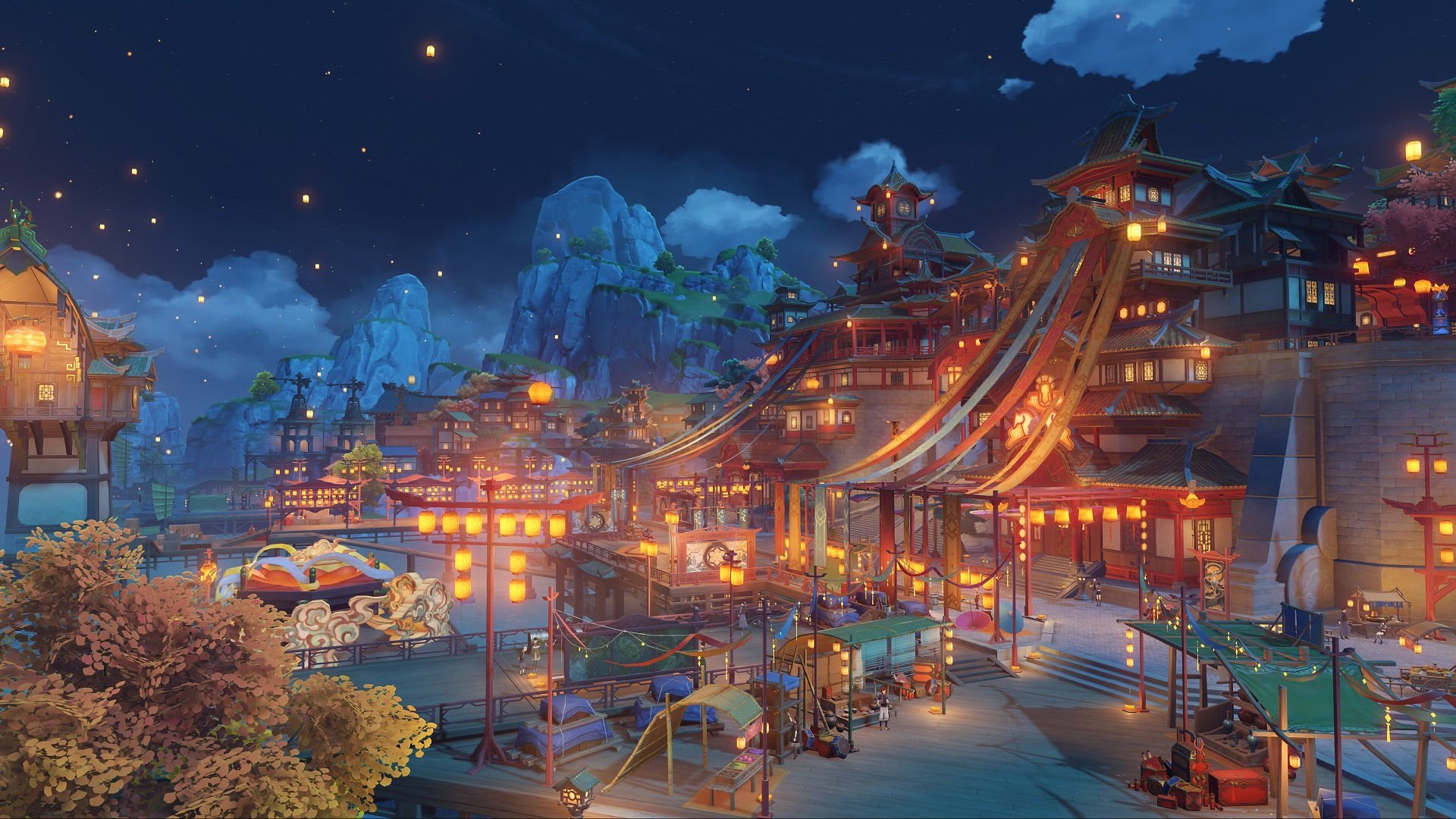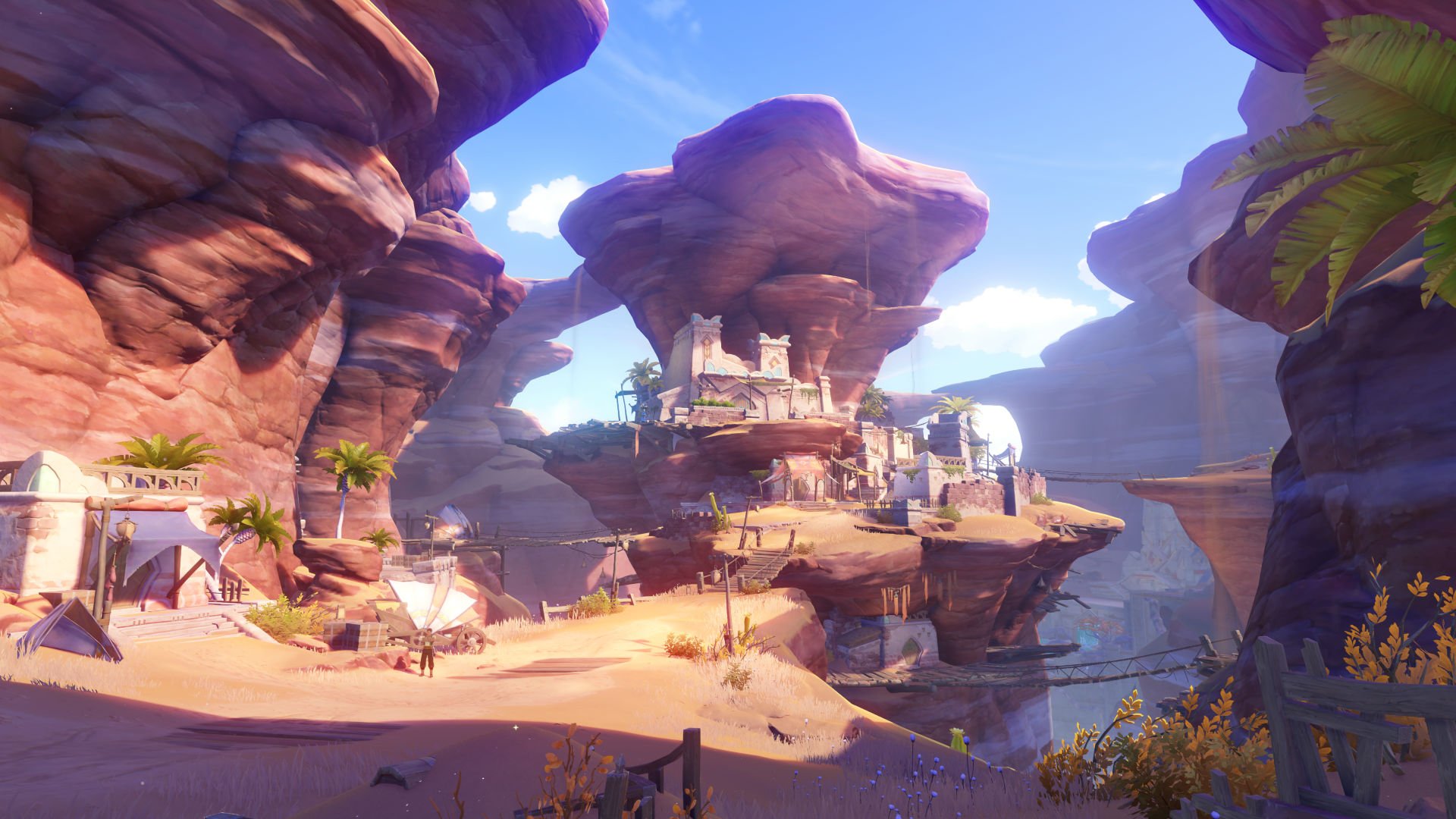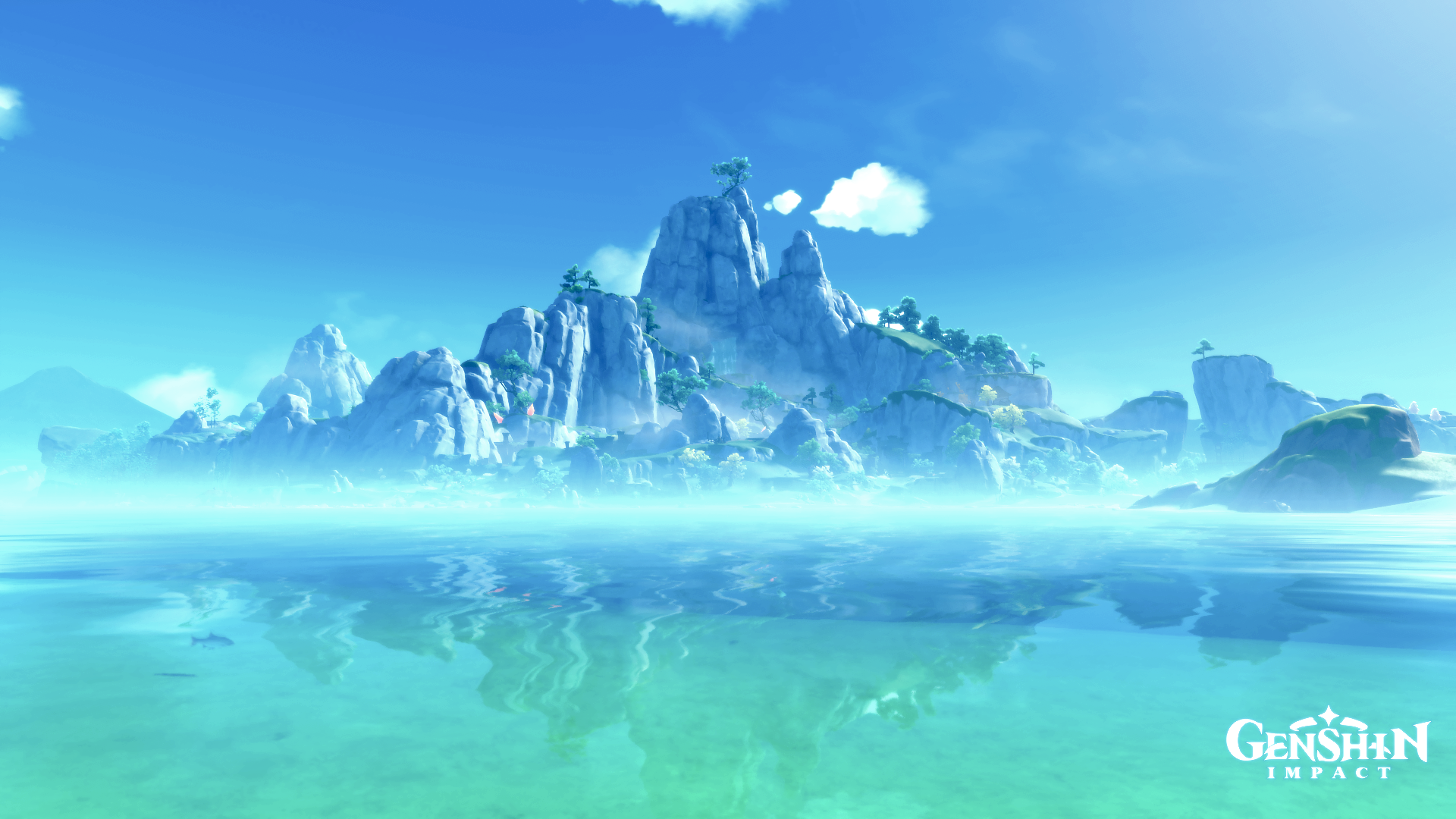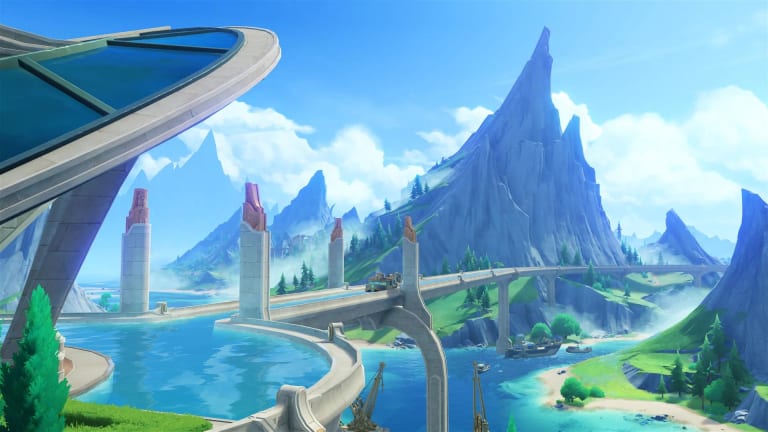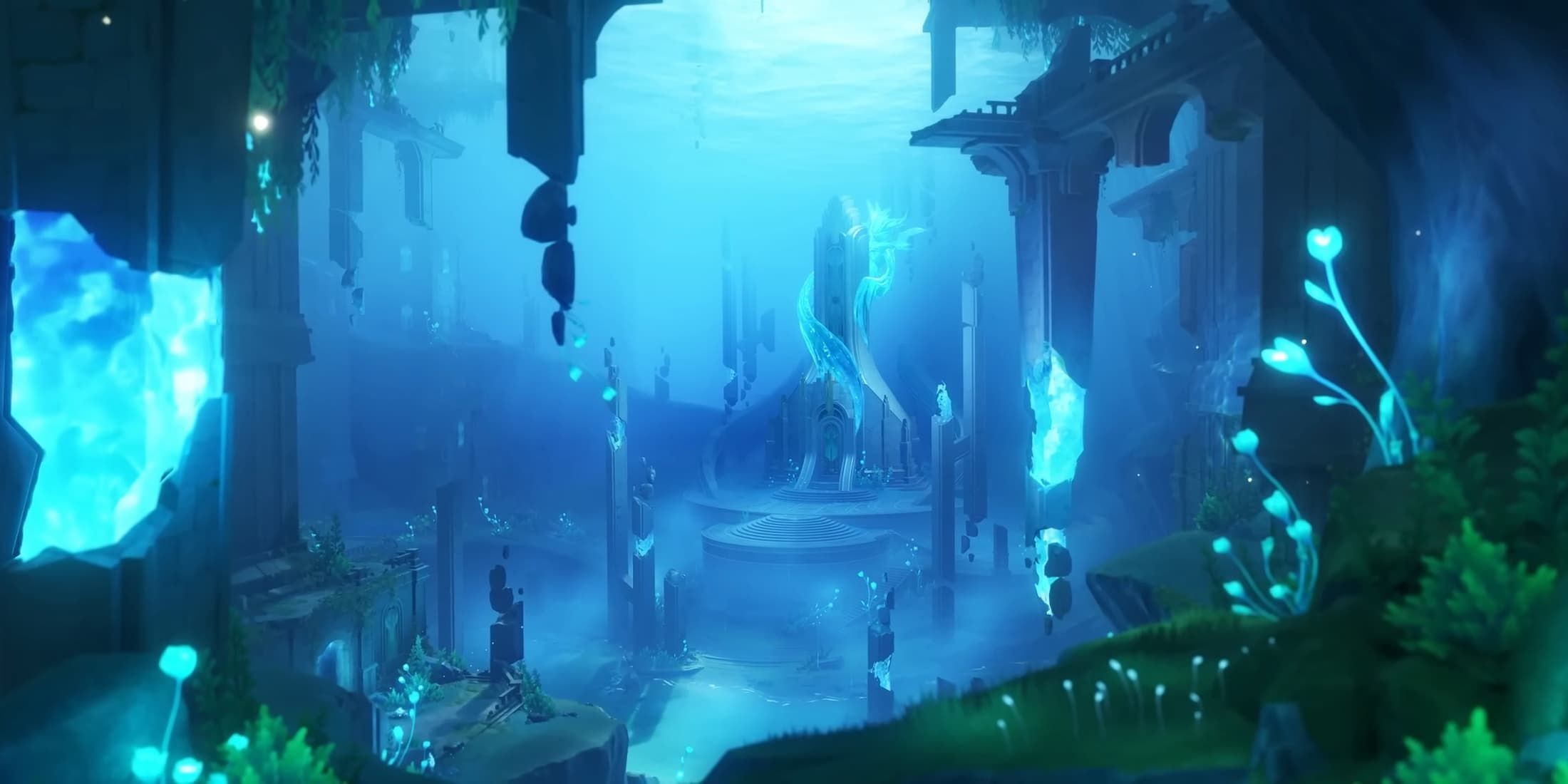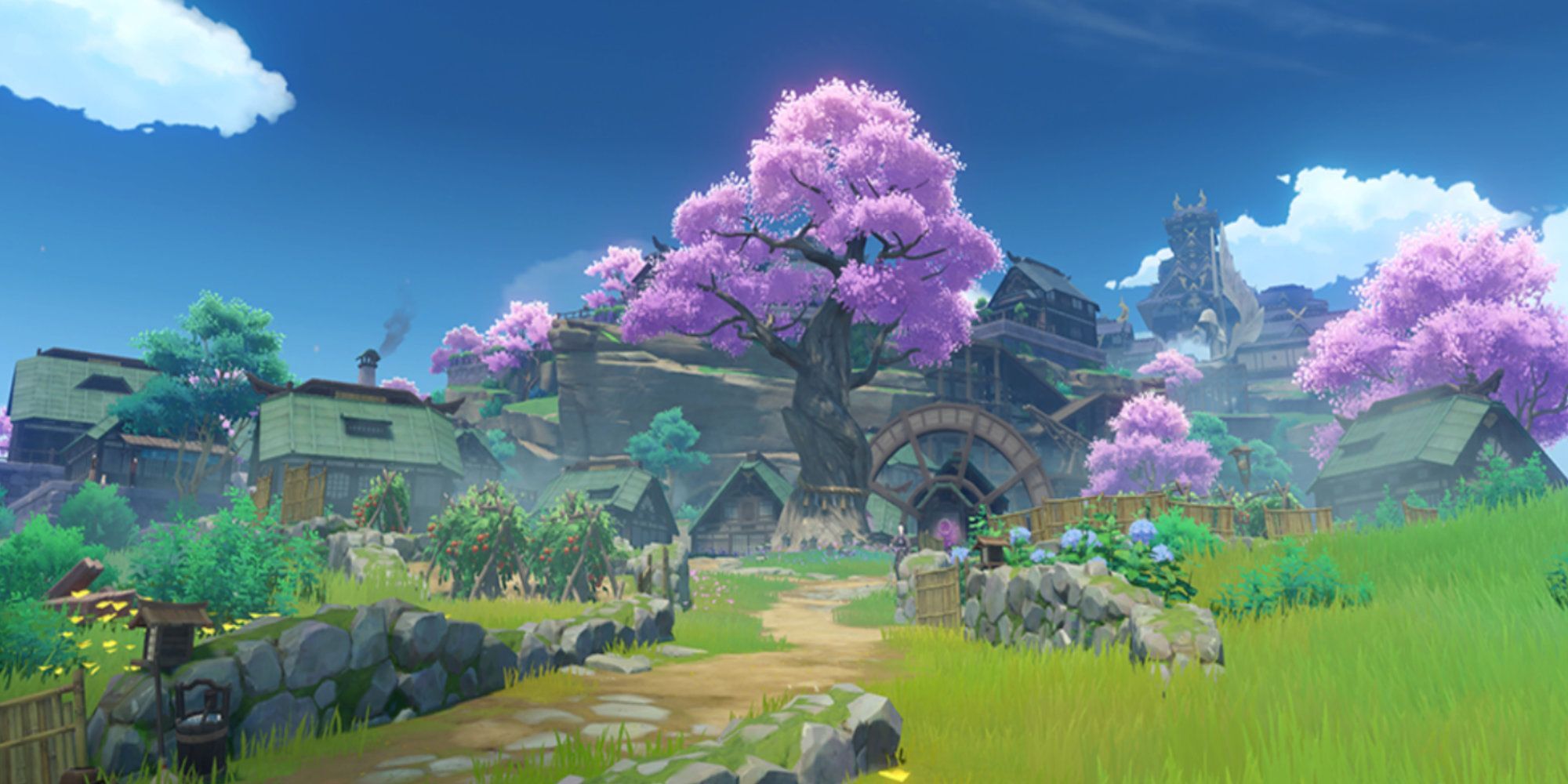There are a number of theories why gamers have turned their backs on realism. One hypothesis is that players got tired of seeing the same artistic style in major releases.
Whoosh.
We learned all the way back in the Team Fortress 2 and Psychonauts days that hyper-realistic graphics will always age poorly, whereas stylized art always ages well. (Psychonauts aged so well that its 16-year-later sequel kept and refined the style, which went from limitations of hardware to straight up muppets)
There's a reason Overwatch followed the stylized art path that TF2 had already tread, because the art style will age well as technology progresses.
Anyway, I thought this phenomena was well known. Working within the limitations of the technology you have available can be pushed towards brilliant design. It's like when Twitter first appeared, I had comedy-writing friends who used the limitation of 140 characters as a tool for writing tighter comedy, forcing them to work within a 140 character limitation for a joke.
Working within your limitations can actually make your art better, which just complements the fact that stylized art lasts longer before it looks ugly.
Others speculate that cinematic graphics require so much time and money to develop that gameplay suffers, leaving customers with a hollow experience.
Also, as others have pointed out, it's capitalism and the desire for endless shareholder value increase year after year.
Cyberpunk 2077 is a perfect example. A technical achievement that is stunningly beautiful where they had to cut tons of planned content (like wall-running) because they simply couldn't get it working before investors were demanding that the game be put out. As people saw with the Phantom Liberty, given enough time, Cyberpunk 2077 could have been a masterpiece on release, but the investors simply didn't give CD Project Red enough time before they cut the purse strings and said "we want our money back... now." It's a choice to release too early.
...but on the other hand it's also a choice to release too late after languishing in development hell a la Duke Nukem Forever.
